
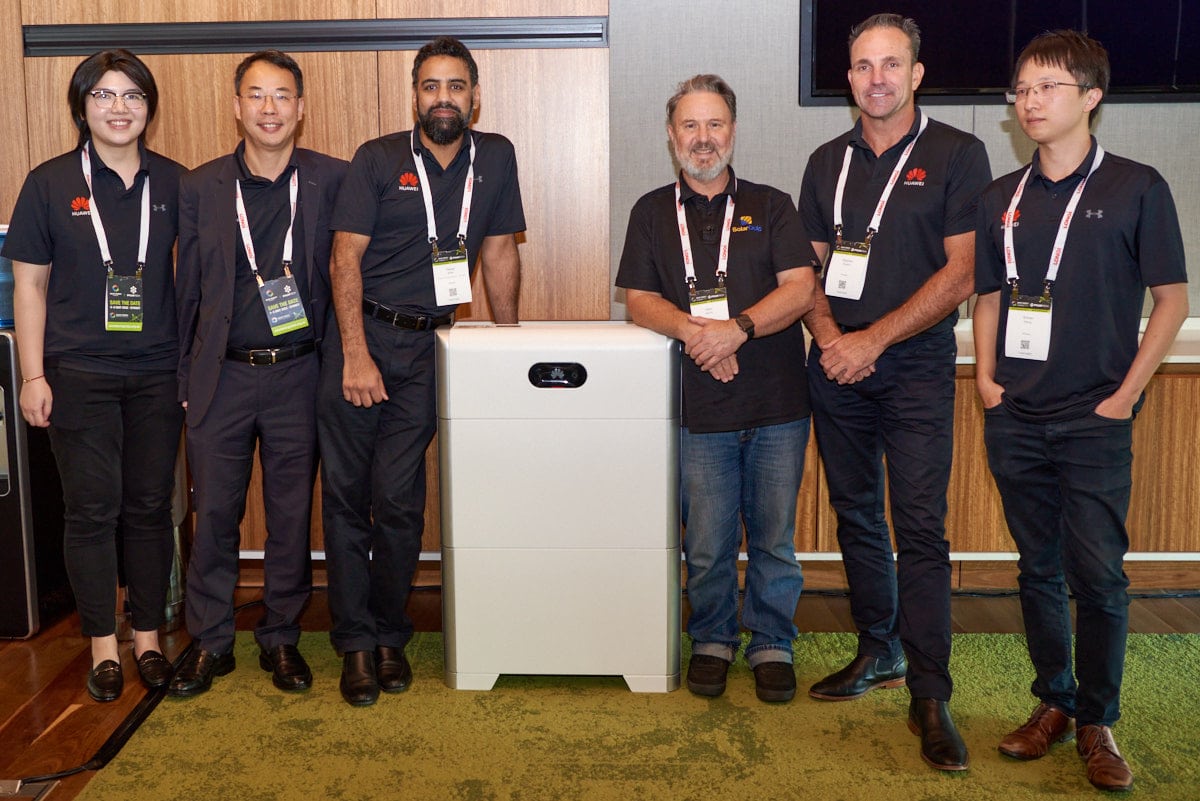
Chinese giant Huawei has entered Australia’s residential solar battery market with its home energy storage system, the Luna2000. The lithium-iron phosphate 5kWh cells have a modular design and are scalable to 30kWh. Huawei is banking on 10 kWh system capacities being most popular, telling pv magazine Australia they will retail for under AU$10,000.
Huawei launched its home battery, the Luna2000 energy storage system, at the Smart Energy Conference in Sydney last week. The modular battery marks the Chinese company’s foray into storage for Australia’s rooftop solar boom, a segment expected to grow significantly thanks to a combination of increased government subsidies, solar penetration causing electricity export prices to plummet and the growing influence of virtual power plants (VPPs) opening up new sources of revenue for battery owners.
Product managers for Huawei Australia’s solar business, Simon Wang and Haider Khan, gave pv magazine Australia a rundown on the battery system’s features and where they see it fitting into the Australian landscape. Retailing for under $10,000 for a 10 kWh system, the battery has already been approved for South Australia’s home battery scheme subsidy.
Huawei/Smart Energy Conference
Khan says Huawei is also working with Discover Energy, trialling the Luna2000 on its virtual power plant platform which essentially aggregates home batteries through software so they can participate in profitable electricity spot markets.
The storage system made up of 5 kWh modules which can be stacked directly on one another to created a 15 kWh system. Another three modules (up to 15 kWh) are able to be joined in parallel, sitting side by side, to scale the battery system to a total capacity of 30 kWh. The maximum output per module is 2.5 kW.

Huawei
The battery can be paired with both single and three phase residential inverters, which Huawei hopes will make its systems easier for retailers to both install and sell.
The batteries are able to be fitted either to walls or simply placed on the ground outdoors, and have been built to be both water and dust resistant.
Each battery module weighs about 50kg and each power module which accompanies the stack weighs 12kg. Which is to say, the weight is about 62kg for a 5kWh system and goes up to 162kg for a 15 kWh system. While it sounds like a lot, the Luna2000 has a sleek design not dissimilar to the popular Tesla Powerwall giving the system a lightweight look.
While Huawei is primarily targeting the residential PV segment, the battery’s scalability of up to 30 kWh means the Luna2000 system could also be used for small commercial applications.

While the 5 kWh modules are built to be added to one another, each functions independently and has its own battery management system (BMS). Likewise, each module is covered by its own 10 year warranty.
The battery modules also charge and discharge independently from one another thanks to the energy optimiser, meaning the impact of underperforming cell is limited to the affected module.
Another selling point for the battery is its depth of discharge – which unlike most lithium-based chemistries is able to be 100% discharged.

Given the growing reports of DC isolators on rooftop solar systems catching fire, safety has been a major focus for Huawei in entering the Australian landscape.
To that end, the company has added three layers of protection to each battery module, including AI-powered internal short circuit detection, temperature sensors to detect overheating, and built in current and voltage sensors. Each module also has a fire extinguishing bag.
These safety mechanisms are all backed up by the battery management system (BMS) which is driven by Artificial Intelligence (AI).
To that end, Khan says battery’s chemistry, which adds phosphate into the traditional lithium-iron mix, helps to stabilise the system.
This content is protected by copyright and may not be reused. If you want to cooperate with us and would like to reuse some of our content, please contact: editors@pv-magazine.com.
24World Media does not take any responsibility of the information you see on this page. The content this page contains is from independent third-party content provider. If you have any concerns regarding the content, please free to write us here: contact@24worldmedia.com

4 Advantages of Owning Your Own Dump Truck

5 Characteristics of Truth and Consequences in NM

How To Make Your Wedding More Accessible
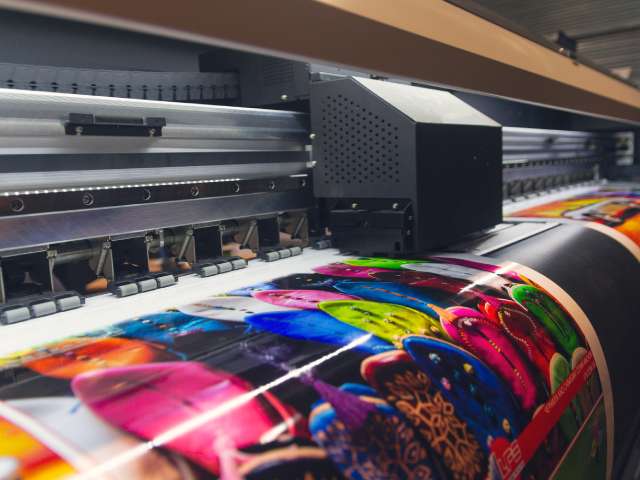
Ensure Large-Format Printing Success With These Tips
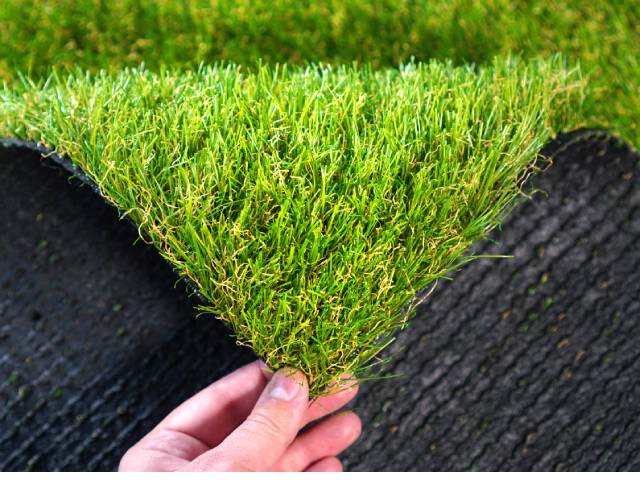
4 Reasons To Consider an Artificial Lawn

The Importance of Industrial Bearings in Manufacturing

5 Tips for Getting Your First Product Out the Door
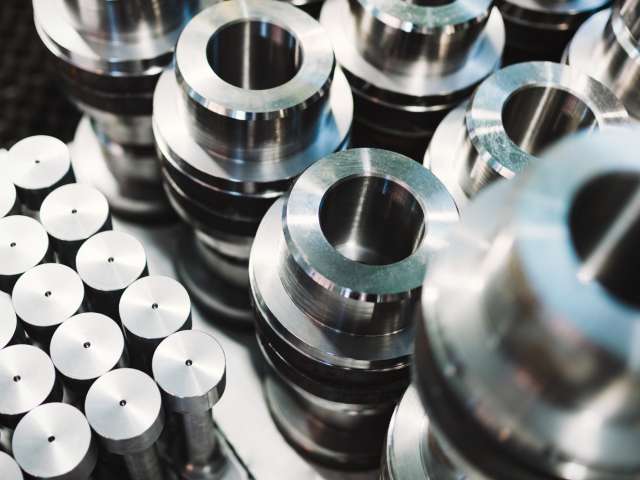
Most Popular Metal Alloys for Industrial Applications

5 Errors To Avoid in Your Pharmaceutical Clinical Trial
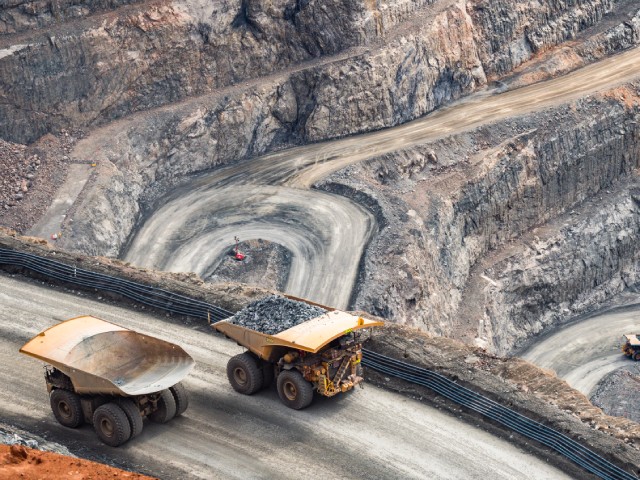
Ways You Can Make Your Mining Operation Cleaner

Tips for Starting a New Part of Your Life

Easy Ways To Beautify Your Home’s Exterior